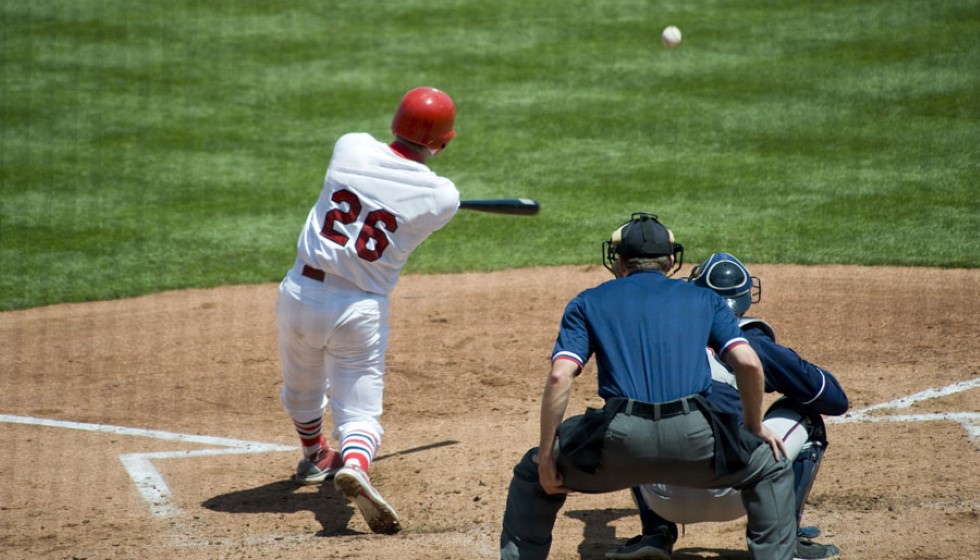
The Pitching Duel: Max Fried vs. Blake Snell
In the world of Major League Baseball, few debates generate as much intrigue as comparing two of the game’s premier pitchers: Max Fried and Blake Snell. Both southpaws have carved impressive paths in the league, yet they offer contrasting styles and performance metrics that divide fans and analysts alike.
Consistency vs. Potential
Max Fried is frequently lauded for his reliability and consistency on the mound. With a career ERA+ of 140 over nearly 900 innings, Fried has maintained a formidable presence in any rotation. In a sport where injuries can derail even the most promising of careers, Fried has managed to shine through setbacks, posting a minimum WAR of 2.6 in his most challenging season, limited to 14 starts. This steadfast performance is a major reason why some, like baseball analyst Matt Snyder, consider Fried the “much safer option” and “a much more steady presence” in any team’s pitching lineup.
On the other hand, Blake Snell's career is highlighted by exhilarating highs and concerning lows. Winner of two prestigious Cy Young awards, Snell has exhibited the capacity to be one of "the game's premier bat-missers," as noted by MLB commentator Mike Axisa. However, Snell's career is also marked by inconsistencies, with high walk rates and fluctuating WAR seasons painting a picture of a pitcher with immense potential tempered by volatility. Dayn Perry points out Snell's “chronic command-and-control issues,” which stand in stark contrast to Fried’s measured command.
Weighing the Options
The debate over who is the preferred choice becomes particularly crucial as both pitchers enter a period where substantial financial offers are expected. Elite starters are scarce commodities, and both Fried and Snell are rightly attracting significant interest. The question for teams, however, is what brand of pitching they prioritize: the steady hand of Fried or the high-risk, high-reward proposition of Snell.
For pundit R.J. Anderson, the decision leans toward Fried, as he assesses Fried as lacking the “command-related crater risk” associated with Snell. Fans seeking assurance from their pitchers, especially as they approach their 30s, might prefer the consistency Fried offers. "Gimme the safe option in Fried," Snyder boldly asserts, reflecting a sentiment likely shared by franchise decision-makers wary of taking gambles with their roster's pitching core.
A Financial Showdown
As negotiations loom, there is an expectation that the financial proposals on the table for both pitchers will be of a similar magnitude. Anderson speculates on their "similar financial outlook based on their ages and track records," underscoring how their reputations have positioned them in high regard, despite differing paths.
This potential parity in contractual discussions only intensifies the debate for teams weighing their options. Fried’s ERA supremacy and stability provide a compelling narrative, yet Snell’s tantalizing peak performance capability reminds everyone that he can be as dominant as any pitcher on his day. In an era where pitching prowess can make or break a season, this dichotomy invites franchises to reflect deeply on their strategic priorities.
The Verdict
Ultimately, the Fried-Snell comparison showcases the broader dynamics at play within MLB pitching hierarchies. Whether a franchise prioritizes consistency or embraces variability with a penchant for strikeout artistry will largely steer its pursuit. As teams line up with hefty offers, this duel of pitching philosophies sets the stage for an off-season narrative that will captivate baseball enthusiasts eager to see where these southpaw stars will land next.